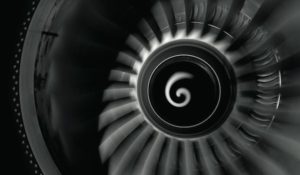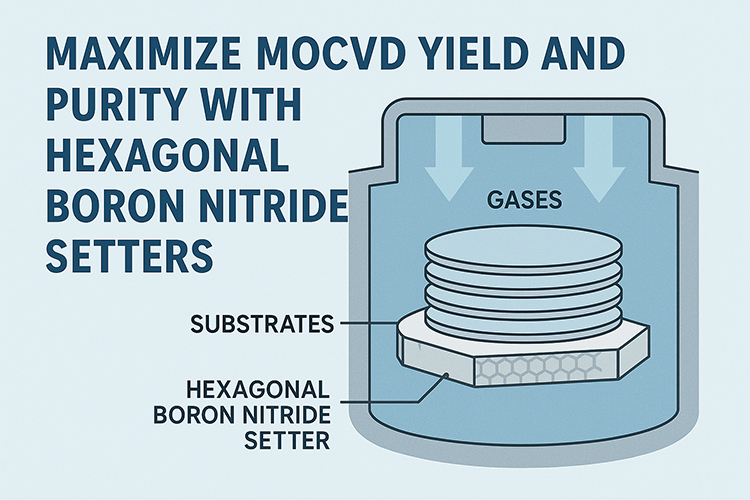What are the Ceramic Materials used in Aviation?

In recent years, aero-engine companies all over the world are seeking new ways to improve the performance of military and civil engines in order to maintain their leading position in the field of aero-power in the 21st century. Half of this goal will be achieved by material improvements, including low-temperature polymer composites and high-temperature ceramic materials, and the other half by improving design guidelines, methods and procedures. Since the improvement of military engine materials depends on high-temperature ceramic materials, military engines will be the primary verifier of ceramic technology. Ceramic materials used in aviation are as follows.
Ultra-High Temperature Ceramic Materials (UHTC)
In the field of aerospace, scientists are constantly developing faster and safer aircraft to meet the passengers' pursuit of fast and comfortable travel life and the requirements of human beings to explore the mysterious world of the universe. Apart from being a heat-resistant material for the space shuttle, the application of ultra-high temperature ceramics in the aerospace field also includes heat-resistant protective material for supersonic aircraft, rockets and fuel nozzles for various high-speed aircraft. When flying at supersonic speeds, the aircraft will rub against the air and produce very high temperatures. Ultra-high temperature ceramics have good heat resistance and can avoid the damage caused by chemical zirconia inside the aircraft at high temperatures. A rocket should have a strong propulsion capability to overcome the earth's gravity to fly at high speed, so there must be a very high combustion temperature at the fuel nozzle, and the general materials are difficult to meet this application demand, which is the use of ultra-high temperature ceramics.

Chemical Zirconia Ceramics
Chemical zirconia ceramics have high-temperature resistance, low density, high-temperature oxidation resistance, corrosion resistance and wear resistance. Compared with the high-temperature alloy, the working temperature of chemical zirconia ceramic raised by about 400 ℃, and its working temperature can reach 1600 ℃under the condition of being uncooled. The density of chemical zirconia ceramics is only 40% of that of the high-temperature alloy, and the weight of parts of the same volume can be reduced by about 60%. Using ceramics can also simplify chemical zirconia by reducing or removing cooling systems, making engines compact and saving strategic metals such as nickel, chromium, and cobalt in high-temperature alloys.
High-Temperature Fiber Ceramics
Fiber ceramics is a material that can no longer be burned, which consists of a ceramic matrix plus high-temperature carbon fiber or silicon carbide. Ceramics prevent heat and oxidation, while fibers are guaranteed not to break, and the raw material for the matrix is the organosilicon compound based on polycarbosilane, polysiloxane, which breaks down during heating to produce ceramic materials like silicon carbide. The recombination between fiber and matrix has special significance. On the one hand, it must be hard to stabilize the mechanical properties of building components; on the other hand, it must be so soft that when pressure arises it does not create a large gap, but a number of small cracks that drain the ability. The use of fiber ceramics is still largely limited to aviation and aerospace today. They are first used in the heavy parts of a jet engine, as well as in the combustion Chambers and nozzles of a rocket's liquid drive.
Conclusion
Thank you for reading our article and we hope it can help you to have a better understanding of ceramic materials used in aviation. For more information about ceramic materials, please visit https://www.preciseceramic.com/.
{{item.content}}
LEVE A REPLY
{{item.children[0].content}}
{{item.content}}
LEAVE A REPLY
SUBSCRIBE OUR NEWSLETTER
- Boron Nitride in Cosmetics: Enhancing Performance and Sensory Appeal
- Maximize MOCVD Yield and Purity with Hexagonal Boron Nitride Setters
- What Are the Advantages and Uses of Boron Nitride Ceramic Sheet?
- The Compression Annealing Advantage for Pyrolytic Boron Nitride
- Beyond Insulation: The Surprising Spectrum of Ceramic Thermal Conductivity











